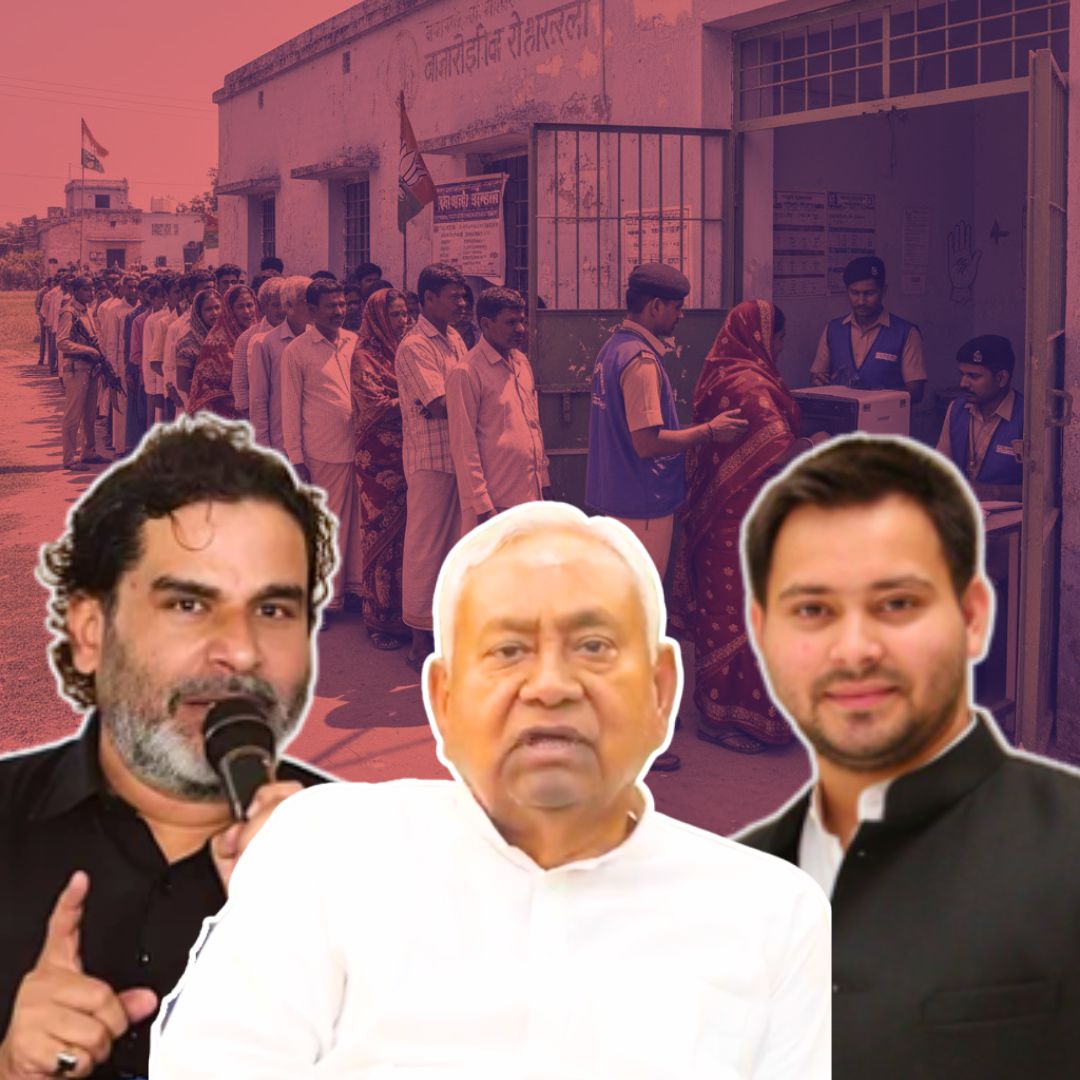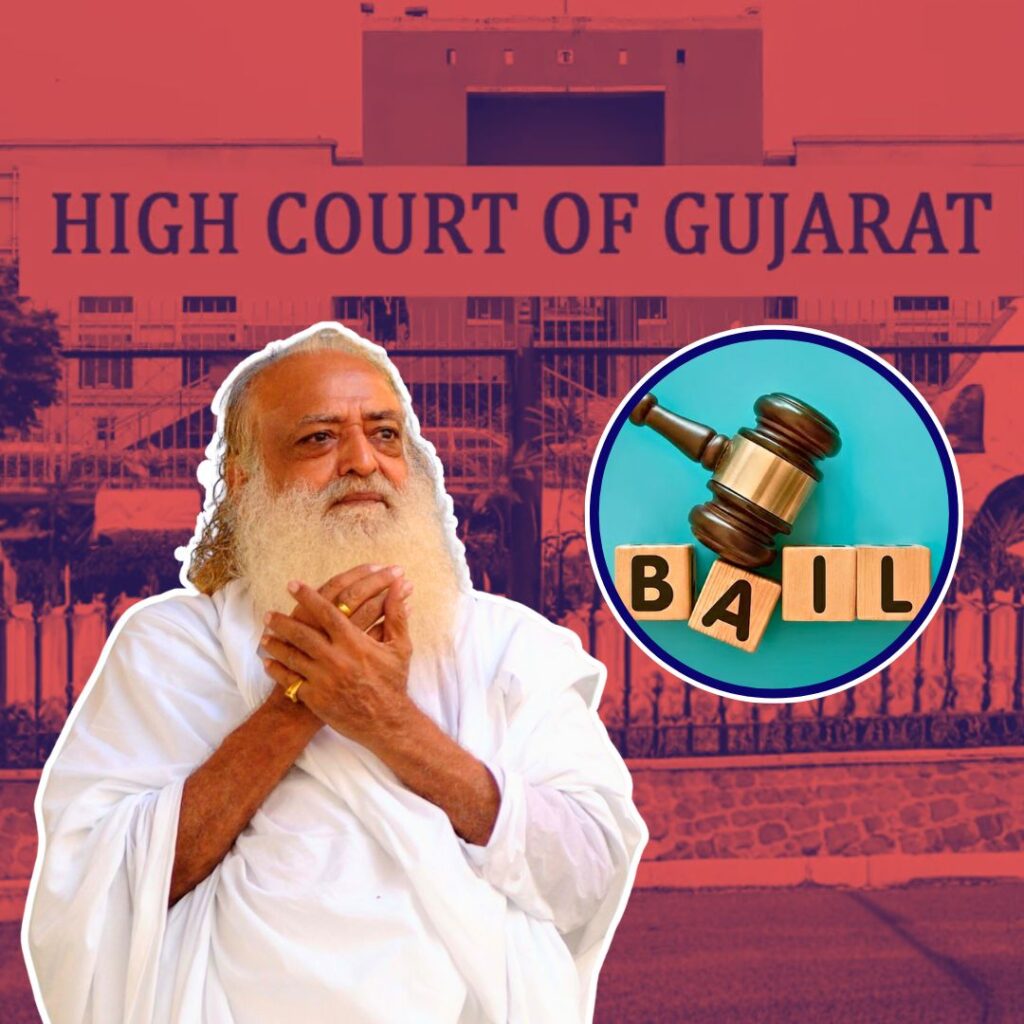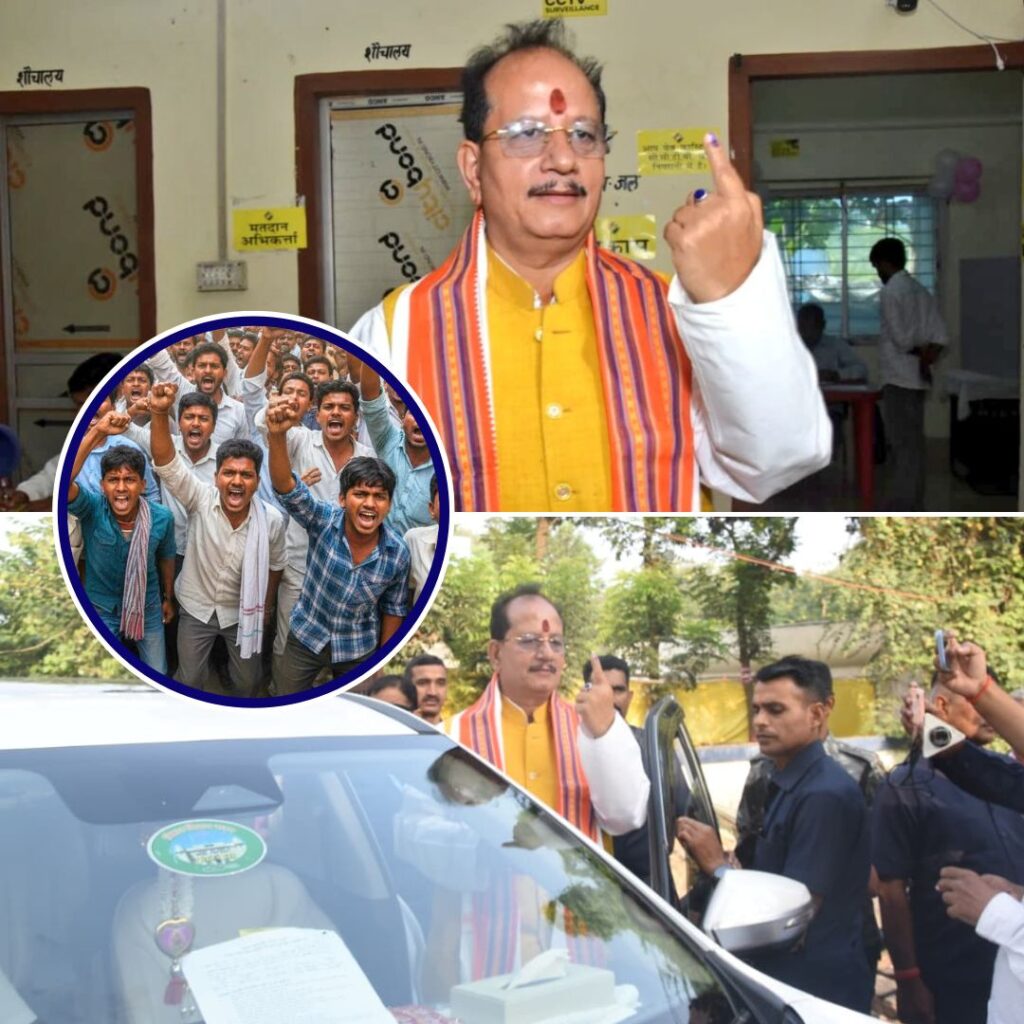The first phase of Bihar’s 2025 Assembly election commenced on Thursday, covering 121 of the 243 constituencies with a 13.13 per cent voter turnout recorded by 9 am.
This phase is pivotal as it decides the fate of major political figures including Chief Minister Nitish Kumar (NDA), RJD leader Tejashwi Yadav, and his estranged brother Tej Pratap.
Adding an unpredictable element is the newly launched Jan Suraaj Party, led by poll strategist-turned-politician Prashant Kishor, contesting all seats and positioned as a vote-cutter that could disrupt traditional vote banks.
Officials have underscored the peaceful and secure polling environment, with robust election oversight and paramilitary presence, underscoring the importance of these elections for Bihar’s future political alignment.
Voter Turnout and Political Contest: Early Trends and Stakes
Polling began smoothly across northern and central Bihar constituencies including key political districts like Patna, Vaishali, Muzaffarpur, and Darbhanga, with official reports indicating an initial turnout of 13.13 per cent by 9 am and expectations of increased participation throughout the day.
The Election Commission has deployed extensive security measures, including paramilitary forces and live webcasting of booths, to ensure transparency and lawfulness.
Chief Minister Nitish Kumar expressed confidence in the NDA’s achievements in governance, social welfare, and infrastructure development, urging voters to affirm continuity under his leadership. Contrastingly, RJD’s Tejashwi Yadav appealed to young voters, emphasising job creation, social justice, and transformative policies.
Meanwhile, Prashant Kishor labelled the election as a “once-in-a-generation opportunity” to redefine Bihar’s political discourse through his Jan Suraaj Party, which promotes new governance models and inclusive politics.
Poll analysts estimate that the NDA could secure between 120-140 seats, with the Mahagathbandhan (RJD, Congress-led coalition) aiming for 93-112 seats.
Tejashwi Yadav continues to be the most favoured chief ministerial candidate despite the emergent challenge from Kishor’s party, which could claim a significant 12-18 per cent vote share, translating to 25-40 assembly seats, thus playing a kingmaker or spoiler role depending on vote splits.
The Emergence of Jan Suraaj Party: A Political Game-Changer?
Prashant Kishor formally launched the Jan Suraaj Party in October 2024 after two years of groundwork including extensive “padyatras” (foot marches) and grassroots mobilisation.
Distinguishing itself from traditional parties, Jan Suraaj advocates for proportional representation aligned to demographics (“Jiski jitni aabadi, uski utni hissedari”), social justice, education reform, pension schemes, and economic empowerment, especially for women and Dalits.
Kishor has candidly described Jan Suraaj as a “vote-cutter” party – intending to attract voters disenchanted with both NDA and Mahagathbandhan, thereby shaking the established two-front contest. His party has fielded candidates for all 243 seats, a rare feat for a new entrant, signalling broad ambitions.
Experts suggest the party’s impact could be divisive, drawing support variably from JDU, BJP, and even segments of RJD’s core electorate, thus complicating traditional caste and community vote alignments in Bihar.
Critics from major parties downplay Jan Suraaj’s potential impact, labelling it marginal or likening it to the previous failures of smaller parties.
However, Kishor’s reputation as a strategist who played key roles in victories across multiple states, coupled with his independent campaign structure-candidates selected by grassroots membership rather than party bosses-provide the party with credibility and organisational depth not usually seen in new entrants.
Historical and Political Context of the Bihar Election
Bihar’s political landscape is traditionally shaped by caste alliances and historic loyalties, with the NDA (BJP-JDU) and Mahagathbandhan (RJD-Congress) dominating since the 1990s. Nitish Kumar’s time-tested focus on development and social welfare, combined with Prime Minister Modi’s national influence, shapes the NDA’s strength.
Meanwhile, the Mahagathbandhan, led by Lalu Yadav’s RJD heirs, stakes its claim on caste empowerment and job creation narratives.
This election-considered among the most fiercely fought in recent Bihar history-adds complexity with Kishor’s Jan Suraaj Party introducing new policy-centric agendas like lifting the state’s liquor ban to fund education, promoting soft loans at 4 per cent interest for women entrepreneurs, and promising pensions for elders.
The party’s emphasis on “human first” ideology inspired by figures like Gandhi and Ambedkar marks a push towards inclusive, issue-based politics beyond caste-centric debates.
The stakes are heightened further by socio-economic challenges such as unemployment and migration that voters expect candidates to address.
The election outcome will shape not just Bihar’s governance for the next five years but could influence wider political equations in eastern India and reflect larger patterns of change in Indian electoral politics.
The Logical Indian’s Perspective
The Bihar election exemplifies democracy’s strength when citizens grasp their power to influence governance through peaceful voting.
The Logical Indian commends the vibrant participation despite the complexity and high stakes, reflecting faith in democratic ideals.
While political competition grows more intense with new players challenging old guard dominance, it is essential that debates remain rooted in kindness, empathy, and mutual respect rather than division.
Jan Suraaj’s entry reminds us that democracy flourishes when fresh ideas and voices find space alongside established ones, promoting dialogue and coexistence.
As Bihar moves to elect its representatives, the focus must stay on policies improving real lives, social harmony, and justice.
बिहार विधानसभा चुनाव, 2025 के दौरान बख्तियारपुर स्थित मतदान केंद्र पर मतदान किया। pic.twitter.com/1lmiGeOkEY
— Nitish Kumar (@NitishKumar) November 6, 2025











